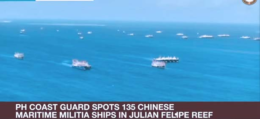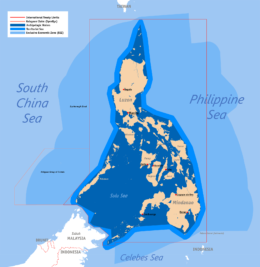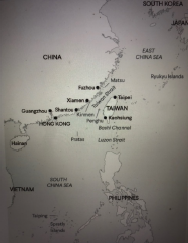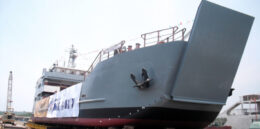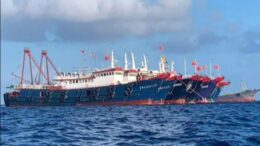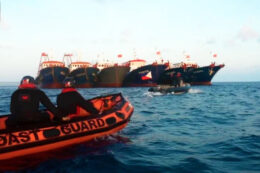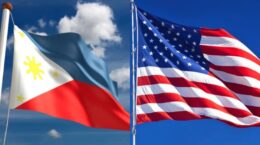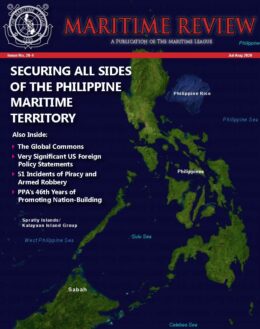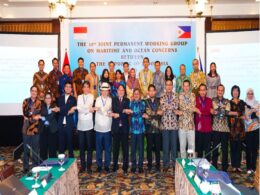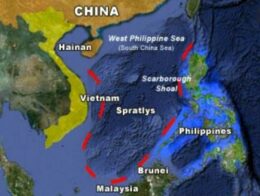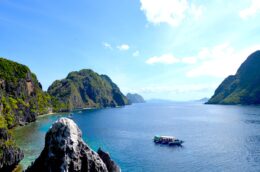WPS: Testing Our National Will
n his book “The New Rules of War” Professor Sean McFate describes the post-WWII era as a period of “durable disorder.” He cites the following evidence to support his finding: increasing challenges on the “rules-based” world order; rising number of “fragile” or “failed” states; half of the countries in the world are experiencing some form of conflict; armed conflicts today…
